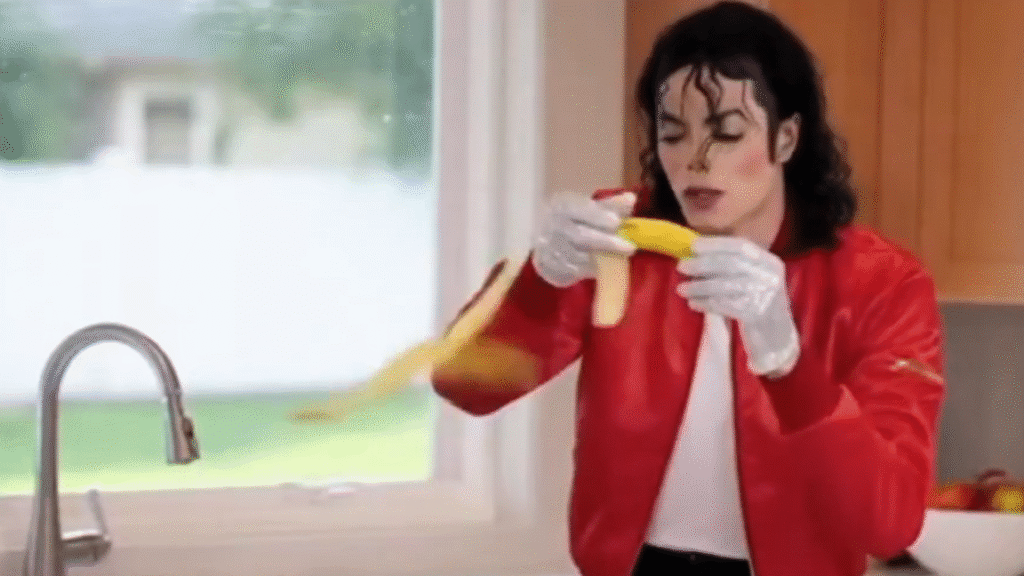But deceased public figures obviously can’t consent to Sora 2’s cameo feature or exercise that kind of “end-to-end” control of their own likeness. And OpenAI seems OK with that. “We don’t have a comment to add, but we do allow the generation of historical figures,” an OpenAI spokesperson recently told PCMag.
The countdown to lawsuits begins
The use of digital re-creations of dead celebrities isn’t exactly a new issue—back in the ’90s, we were collectively wrestling with John Lennon chatting to Forrest Gump and Fred Astaire dancing with a Dirt Devil vacuum. Back then, though, that kind of footage required painstaking digital editing and technology only easily accessible to major video production houses. Now, more convincing footage of deceased public figures can be generated by any Sora 2 user in minutes for just a few bucks.
In the US, the right of publicity for deceased public figures is governed by various laws in at least 24 states. California’s statute, which dates back to 1985, bars unauthorized post-mortem use of a public figure’s likeness “for purposes of advertising or selling, or soliciting purchases of products, merchandise, goods, or services.” But a 2001 California Supreme Court ruling explicitly allows those likenesses to be used for “transformative” purposes under the First Amendment.
The New York version of the law, signed in 2022, contains specific language barring the unauthorized use of a “digital replicas” that are “so realistic that a reasonable observer would believe it is a performance by the individual being portrayed and no other individual” and in a manner “likely to deceive the public into thinking it was authorized by the person or persons.” But video makers can get around this prohibition with a “conspicuous disclaimer” explicitly noting that the use is unauthorized.

